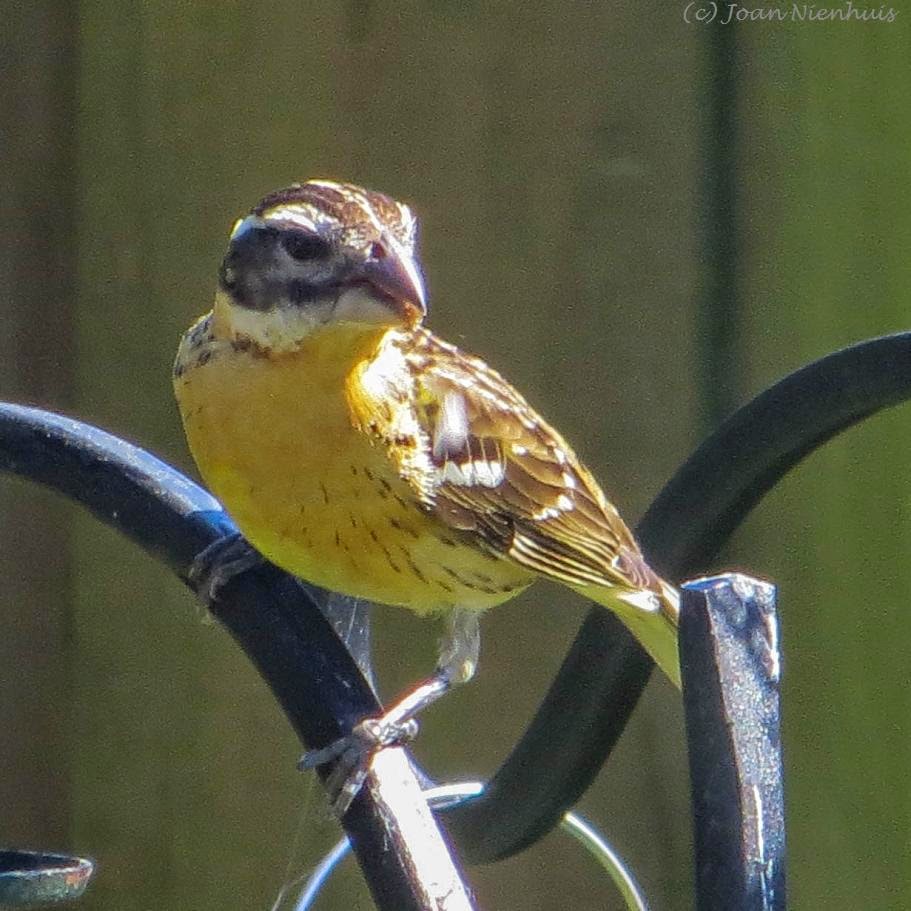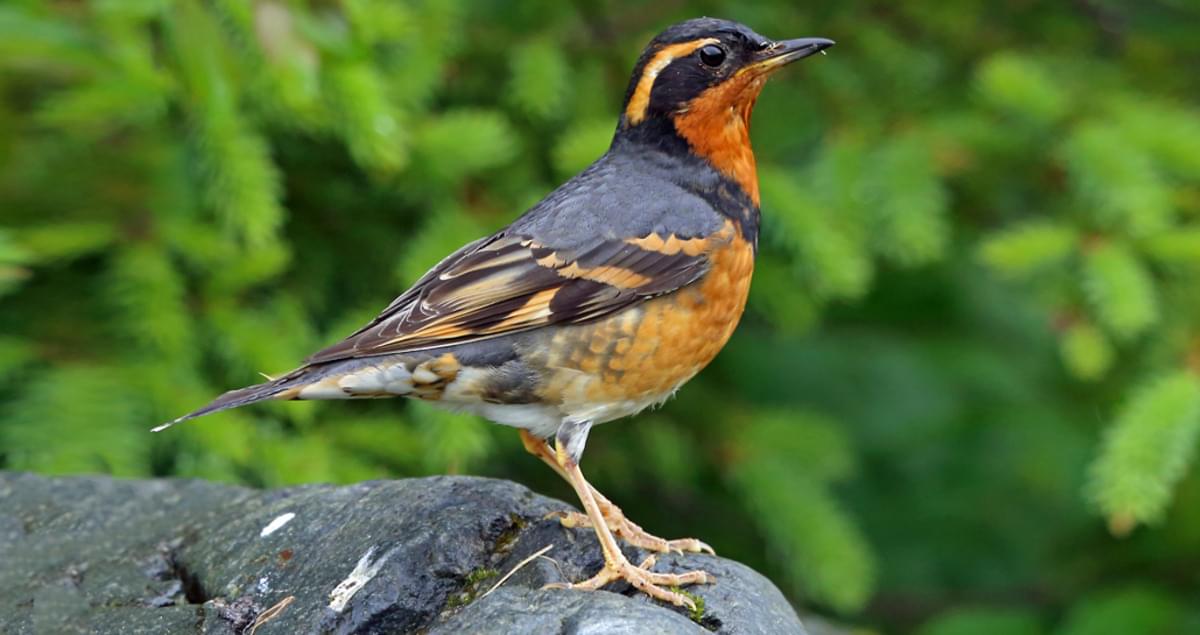

On the drier east side of the Olympics, a drier, more open conifer forest occurs but with mostly the same species. Higher elevations feature smaller trees of different species, for example Pacific silver fir, subalpine fir, mountain hemlock, and Alaska yellow cedar, and highest elevations have ever-diminishing tree height and subalpine meadows until open alpine parkland gives way to snow and ice. The wettest west-side forests have been rightfully called temperate rain forests. Vine maple and other small trees and numerous evergreen shrubs, especially in the heather family, are common in the forest understory. Common broadleaf trees, again mostly associated with river valleys, are red alder, black cottonwood, and bigleaf maple. The original vegetation was heavy conifer forest from coast to treeline, dominated in the lowlands by western hemlock, western red cedar, and Douglas-fir, with Sitka spruce locally dominant on the coast and up lowland river valleys. With prevailing southwesterly winds dropping most of their moisture on west slopes, the northeastern corner of the region is in a distinct rain shadow, the annual precipitation declining dramatically toward the coastal lowlands. The southern end of the ecoregion is distinctly warmer than the northern end, spring arriving perceptibly earlier. Snow blankets the Olympics with accumulations up to 10 feet or more and persists at higher elevations into mid-summer (although only episodic in the lowland winters), and the higher peaks have permanent glaciers. Coastal lowlands receive much less precipitation (e.g., 84 inches at Aberdeen) but are still very wet. The Lower Columbia River is a prominent landscape feature important for birds.Ĭold, wet winters and cool, moist summers characterize the ecoregion, and the west side of the Olympics is the wettest part of the state, large areas receiving more than 150 inches of rain in an average year, locally over 200 inches. The coast north of Grays Harbor is rugged, with cliffs and jagged islands, while from Grays Harbor south flatness and sand dunes prevail. Pleistocene glaciation carved valleys and cirques in the Olympics and extended south to the Chehalis River. Grays Harbor and Willapa Bay are two of the most important estuaries on the Pacific Coast.

Extensive coastal lowlands with sedimentary marine and glacial deposits border both sets of uplands and are more extensive in the Chehalis River basin. Elevated areas vary from the highly dissected peaks and valleys of the Olympics, pushed up well above 7,500 feet by colliding tectonic plates, to the much lower, rounded, and more recent Willapa Hills, also uplifted from volcanic activity in the sea-a process that continues today.


 0 kommentar(er)
0 kommentar(er)
